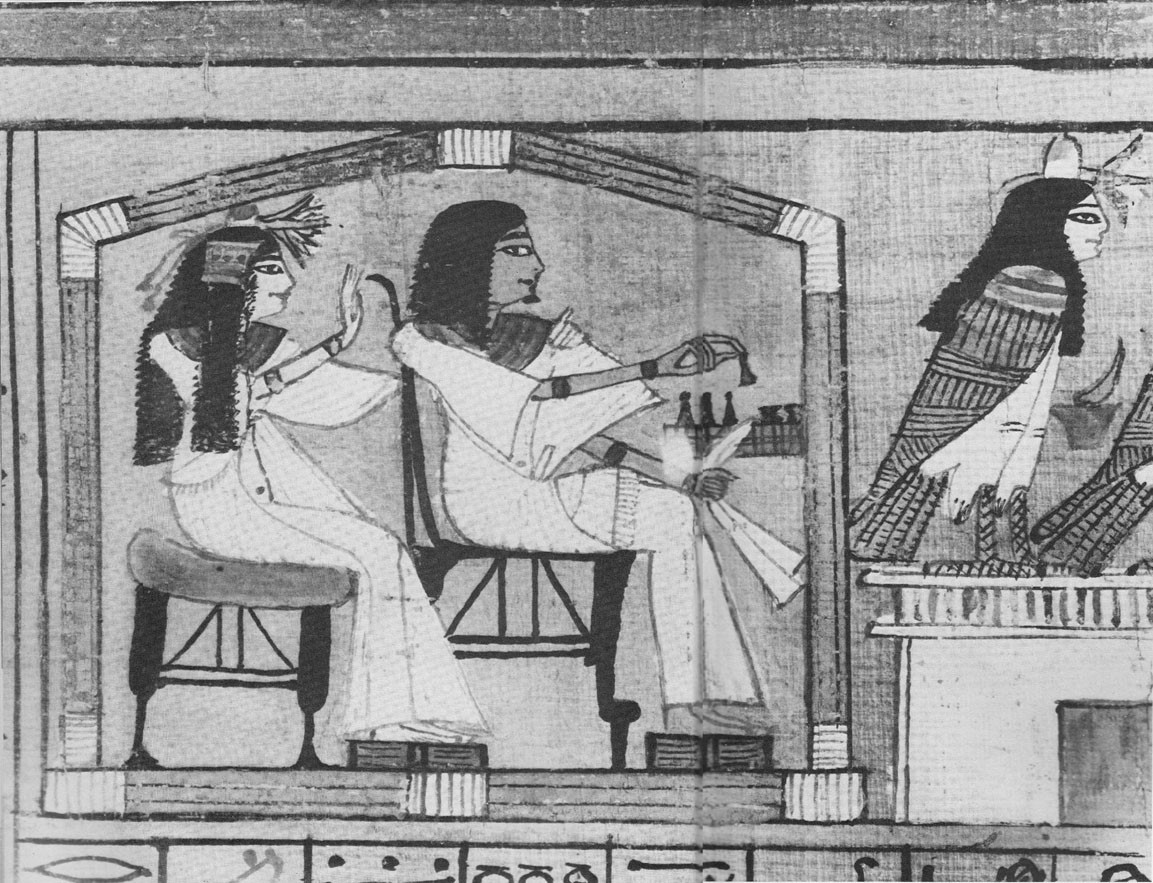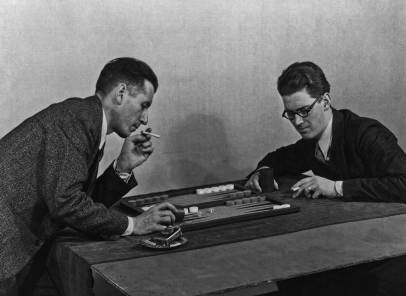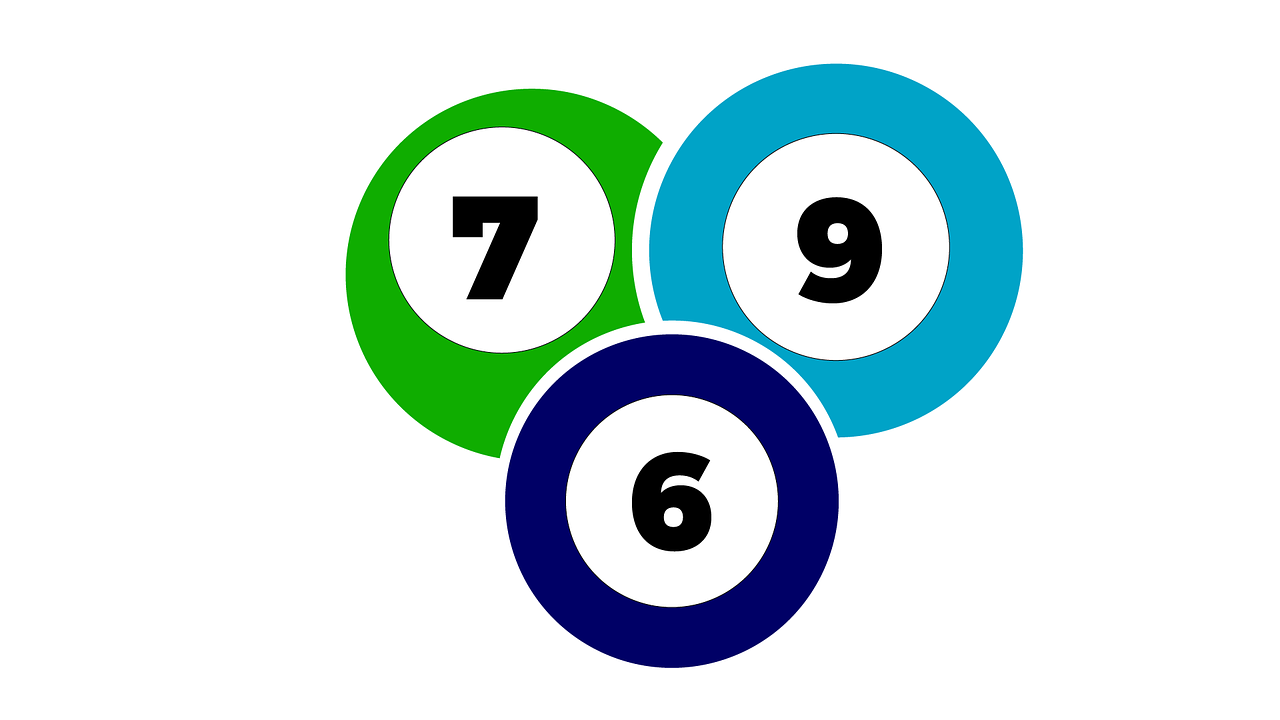The famous four days at the Cheltenham festival has finally arrived again and it looks as competitive as ever. With the weather forecast continuing to be uneasy the ground is likely to come up soft which could scupper some connections preparations with their horses needing better ground. This is however likely to have less of an influence as usual as the ground has been similar throughout the season so most horses form will have been on the slower surface.
One race that had everyone talking at the start of the season was the Champion hurdle and the anticipated clash of 2017 winner Buveur D’Air and the returning previous winner in Faugheen. The latest Cheltenham 2018 betting on the race has Buveur D’Air as the solid 8/15 market leader ahead of the 13/2 Faugheen. Buveur D’Air has barely had a race all season so this would be a slight negative to his chances but on all recent form there is no horse in the race who would get near him so he is likely to follow up from last year’s victory.
Faugheen on the other hand returned this season following a 665 day break through injury but had previously looked one of the most dominating champions of recent times. He had only been beaten on a reappearance by stablemate Nichols Canyon back in November of 2015. His final performance before the injury was a stunning 15 length victory over Arctic Fire at Leopardstown which resulted in an RPR of 177. This puts him in with the best in history and he would have likely been a multiple champion hurdle winner if he had not picked up an injury.
Faugheen returned and looked as good as ever in beating another previous champion hurdle winner in Jezki by 16 lengths. This prompted him to favouritism for the race with expectations high that he was the same horse. However a pulled up effort followed at odds of 2/11 with connections having no answer for his poor performance. Faugheen then returned at the start of February and ran with a lot more zest in finishing second behind stayers hurdle bound Supasundae. However this was far below his previous brilliant best so it seems that we have seen the best of the horse. The Champion hurdle is next and if connections were able to get him to win the race this would have to be one of the greatest training performances alike to that of Henderson and Sprinter Sacre. Check out the infographic below which covers the leading jockey title race and the horses heading the chances.






